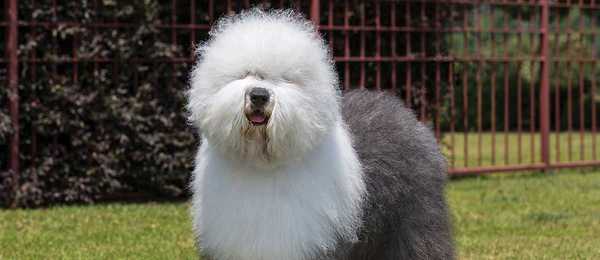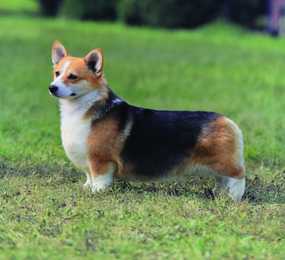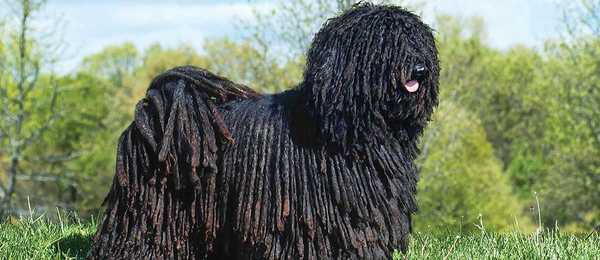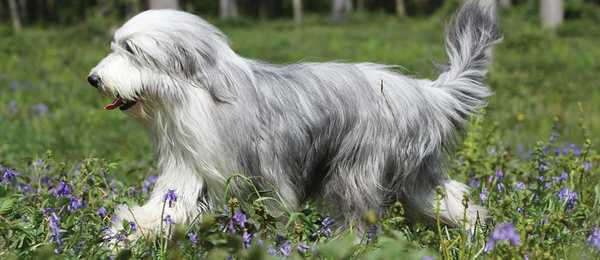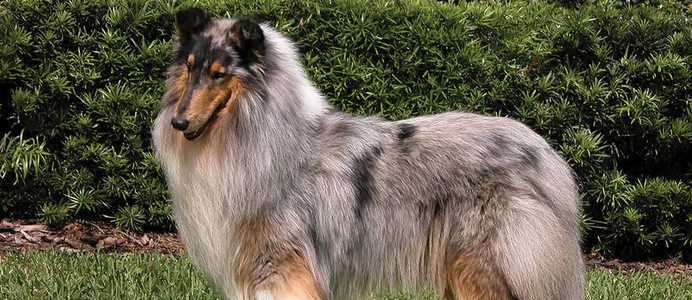
Traits and Characteristics
type
weight
height
family
The Collie is an active, lithe, strong dog that combines strength, speed, and grace. Their gait suggests effortless speed as well as the ability to change speed and direction instantly, as required in herding dogs. The coat can be of two types, both with a soft, abundant undercoat. The outer coat of the Smooth variety is short, hard, and flat; that of the Rough variety is straight, harsh, abundant, and long, particularly on the mane and ruff. The Collie’s expression is an important hallmark of the breed, and depends upon the shape and balance of the skull and muzzle, as well as the characteristics of the eyes and ears.
Ready to see what dogs fit you best? Take our short quiz to find out!
Energy Level
Exercise Requirements
Playfulness
Affection Level
Friendliness to Dogs
Friendliness to Other Pets
Friendliness to Strangers
Watchfulness
Ease of Training
Grooming Requirements
Heat Sensitivity
Vocality
Disclaimer: While the characteristics mentioned here may frequently represent this breed, dogs are individuals whose personalities and appearances will vary. Please consult the adoption organization for details on a specific pet.
Temperament
The Collie is gentle and devoted, a mild-mannered friend to all. He is a dog with a working heritage, and he needs daily mental and physical exercise or he can become frustrated. He is sensitive, intelligent, and willing to please, although he is sometimes a bit stubborn. He can nip at heels in play. Some may bark a lot.
Upkeep
A good walk or jog on leash or a fun play session is needed every day. Herding is an excellent exercise. The coat of both varieties needs weekly brushing to remove dead hair, with the Rough requiring more time
Health
- Major concerns: none
- Minor concerns: CEA, PRA, gastric torsion, dermatomyositis, demodicosis
- Occasionally seen: seizures, microphthalmia, CHD, cyclic neutropenia
- Suggested tests: eye, (DNA for CEA), DNA for PRA, DNA for drug sensitivity
- Life span: 8–12 years
- Note: Often sensitive to ivermectin. Homozygous merles may have visual or hearing problems.
History
The derivation of the Collie is as obscure as the derivation of its name. One theory of the breed’s origins is that it was derived from the same root stock as the Border Collie. One theory of the name’s origin is that it was derived from a Gaelic word meaning useful, which certainly described the useful farm or stock dogs valued by the Celts who first settled on the British Isles. Although sheepherding and guarding are some of the most ancient of canine services, evidence of the Collie dates only from about 1800. Both rough- and smoothcoated “Scotch” collies existed by that time. Smooth-coated littermates were chosen as drovers, and rough-coated dogs were to stay out with the flock in all weather.
As the breed caught the interest of dog fanciers, both rough- and smooth-coated Collies became taller and more refined. The rough-coated Collie was especially influenced by the progeny of a dog named Old Cockie, born in 1867 and thought to be responsible not only for setting type but also for popularizing the sable color. In 1860 Queen Victoria became enthusiastic about the breed and added her first Collie to her kennel. Under her sponsorship, the Collie’s popularity grew with dog fanciers and the upper class. By 1886 a standard was drawn up that still describes the breed as it is today.
Meanwhile, as sheepherding became more important in America, settlers brought Collies with them to the New World. America’s social elite brought back fine Collies from Europe, and soon the Collie could be found in some of the most prestigious estates in America. Later the Collie found a champion in Albert Payson Terhune, whose stories about Collies heightened their popularity with people from all walks of life. The most famous Collie of all, the movie and television star Lassie, further popularized the breed, helping to make the Rough Collie one of the all-time favorite breeds in America.

